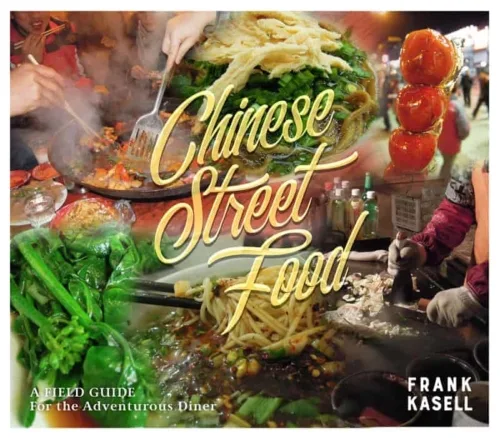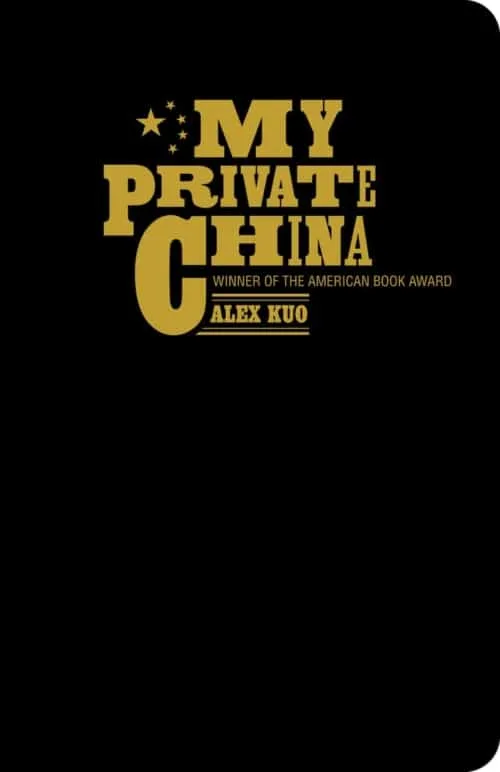Have you ever wondered about that wacky-looking fruit staring back at you in the local wet market? Or did you want to know how to cook a particular Chinese vegetable, but don’t have the language skills?
The Chinese Wet Market Handbook gives you the answers! This pocket-sized guidebook, designed to be taken out shopping with you, identifies fresh produce commonly found at Hong Kong’s food markets.
Each item is identified by a photo, its English name, its romanised Cantonese name with tones, and its name in full-form Chinese characters. The guide explains traditional signage in Chinese characters, including weights and measures, and indicates whether a food is locally produced. Finally, it describes ten lively Hong Kong wet markets especially worth visiting and provides directions on how to find them.
Whether you’re a Hong Kong resident who wants to shop at food markets but lacks the linguistic and culinary know-how, or a tourist who wants to explore the local culinary sights, this handy guide will help you navigate your way around one of the liveliest and most colourful parts of Hong Kong’s food scene.
Look inside this book
Click on the below links to view sample pages from The Chinese Wet Market Handbook. You will need a pdf reader to view these excerpts.
pages 2-11 (fruit) pages 23-29 (vegetables) pages 71-75 (dried foods)












